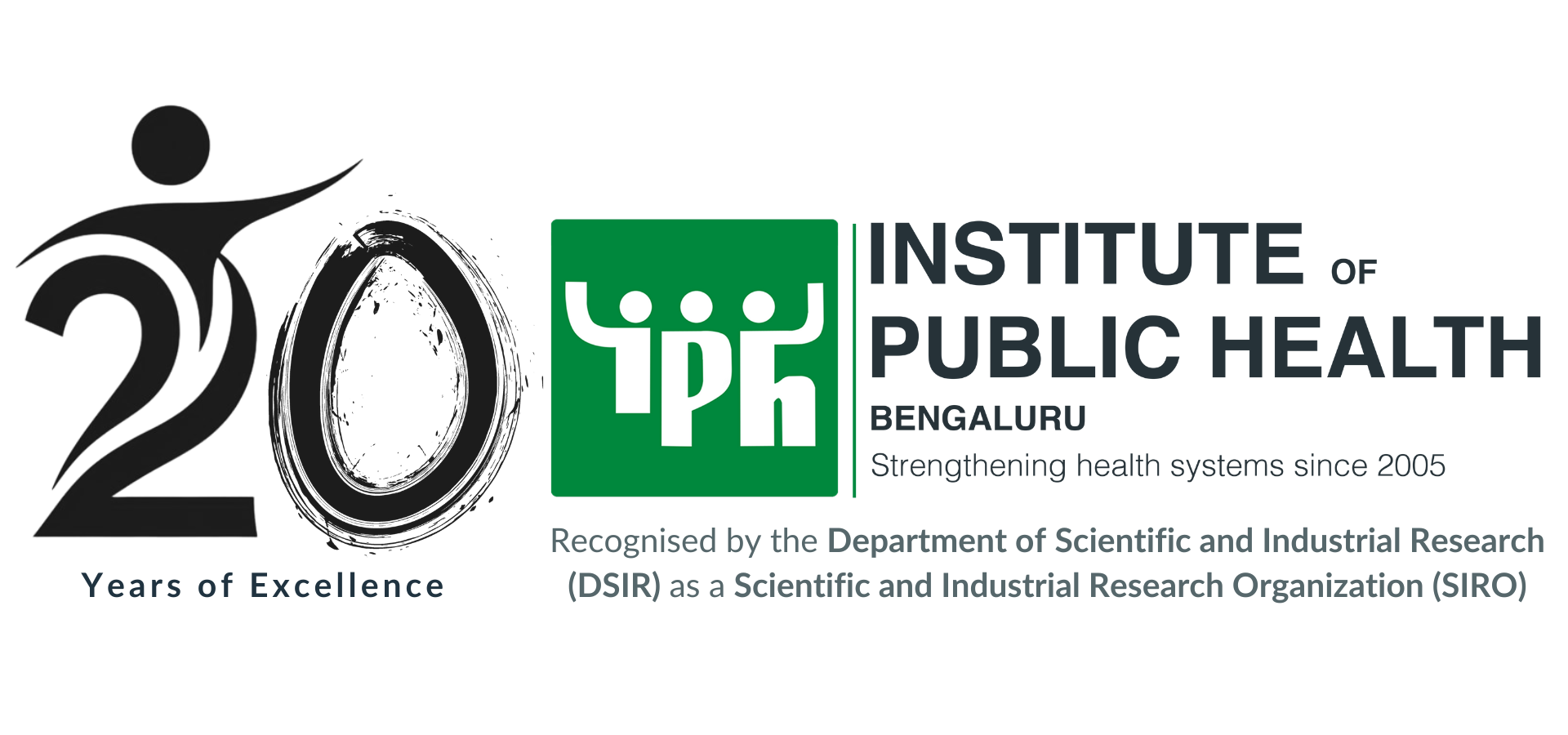
According to the 2011 census, approximately 400m of India’s 1.21bn population are “internal migrants.” These migrant communities in Indian cities constitute a large proportion of people living in urban slums.
Some of them have migrated from rural to urban settings as an entire family, others as parents, and some as individuals (the head of the household, for example). Some have become urban residents working in the construction industry, and they migrate back to their origin (homes) seasonally for agricultural work. Some migrate to escape civil conflict or domestic violence.
All face tremendous pressure to earn higher wages, as income opportunities in rural areas are very limited. Consequently, rapid urbanization in India has resulted in a high concentration of migrants in city slums.
Migrants are one of the most vulnerable groups in society, living in extreme poverty with low living standards; a lack of suitable housing, electricity, drinking water, sanitation, and cooking fuel; and without access to nutritious food, education, and healthcare.
Many migrant families will either have no identity documents, or government identity documents that are registered just to their place of origin. This means that without permanent residence in their current place of living, they’re not entitled to the services offered by state welfare schemes.
Because their families are living a nomadic life, children will often not have completed full immunisation or received health check-ups, increasing the risk of child mortality.
Two pregnant women I spoke to while visiting a slum in Bangalore say they didn’t receive regular antenatal and postnatal care. Indeed, many migrant women have home births (often because of a belief in following family tradition), which can adversely affect health outcomes for both mothers and babies, even if the local health centre is within walking distance.
If India is serious about achieving universal health coverage, it has to reach out to different parts of its population, including those on the move. The urban migrant community and their ability to access healthcare needs particular focus here.
Healthcare programmes should prioritise gathering data on these communities, which will result in the inclusion of many such migrant families and their children in government services. We need targeted health interventions and outreach efforts, which take into account the vulnerability of migrant women and children.
Nilanjan Bhor was a student of e-learning course in Public Health Management(ePHM) conducted by Institute of Public Health, Bangalore, India.
Disclaimer: IPH blogs provide a platform for ePHM students to share their reflections on different public health topics. The views expressed here are solely those of the authors and not necessarily represent the views of IPH.


